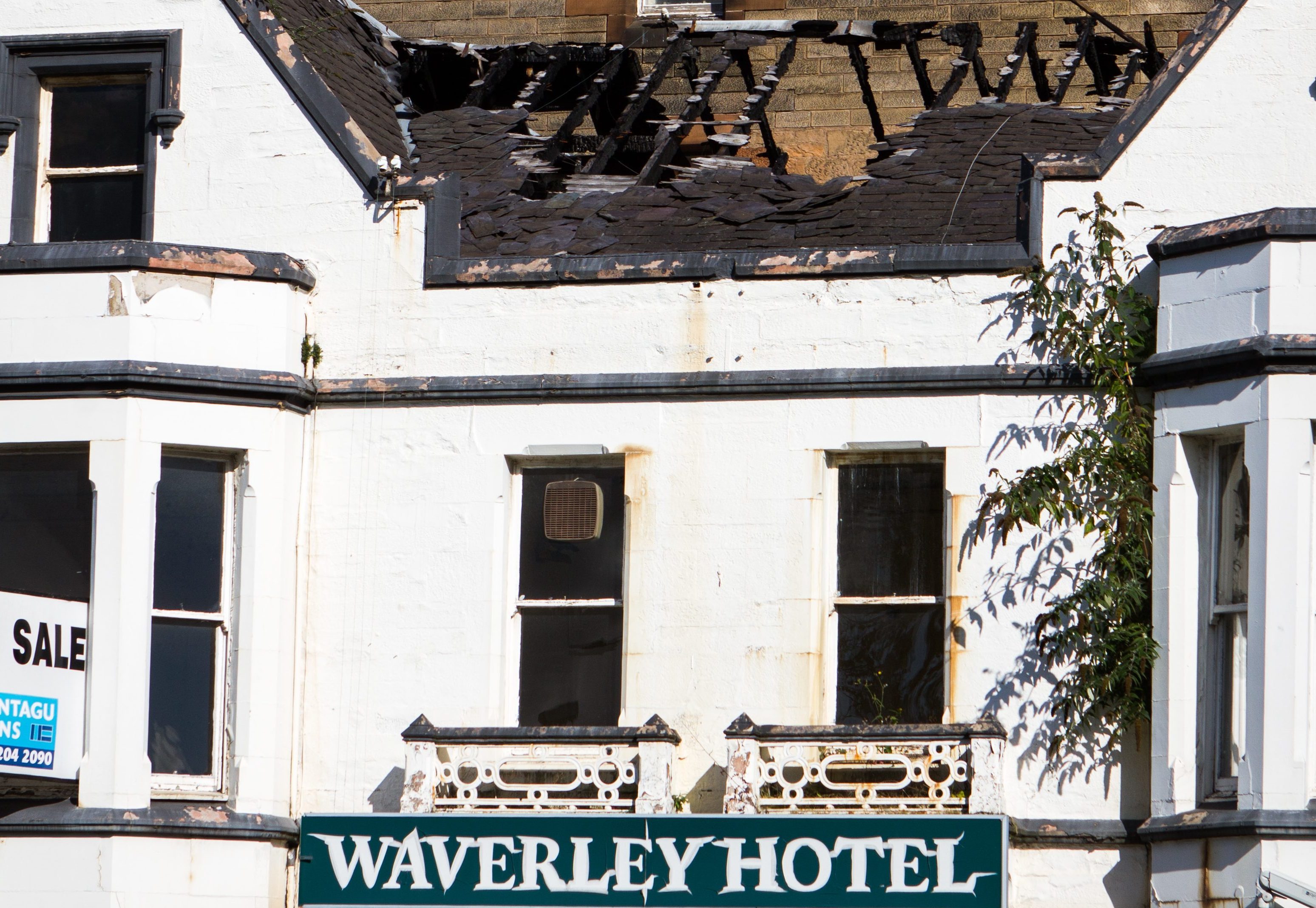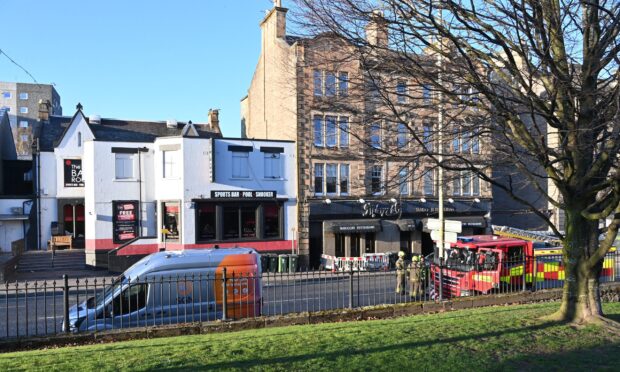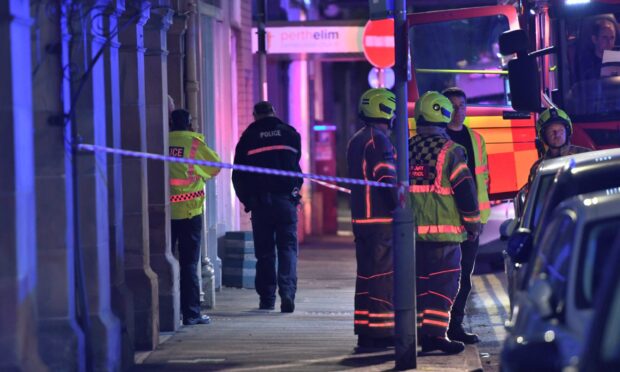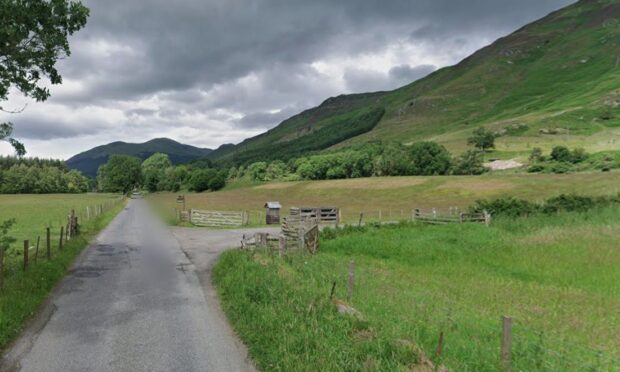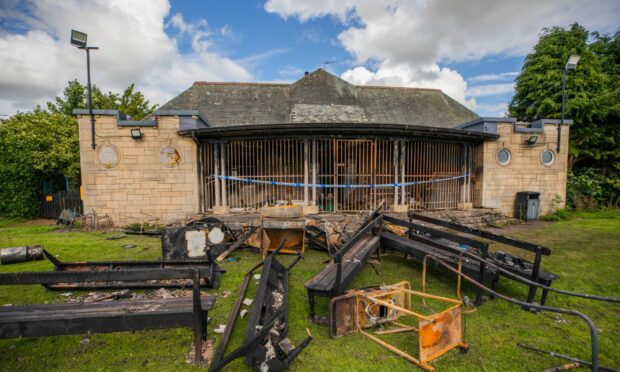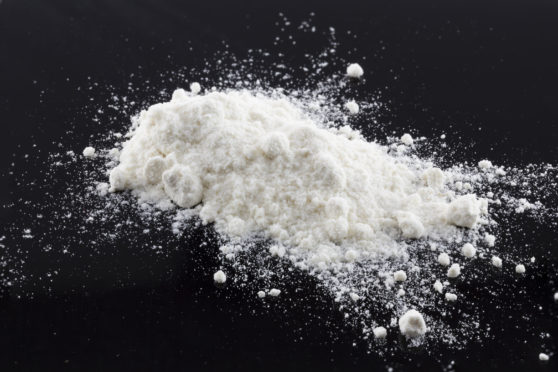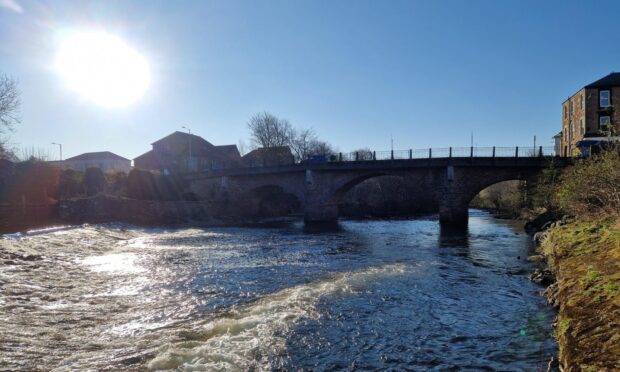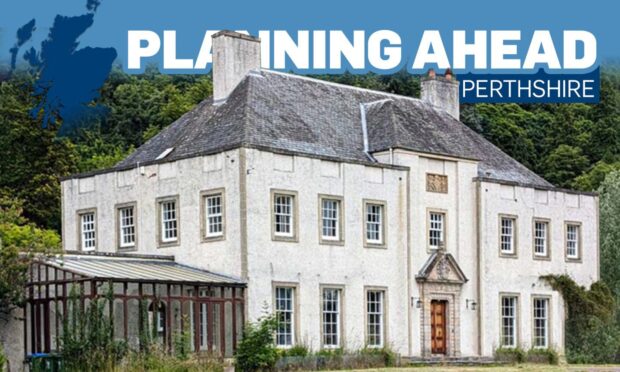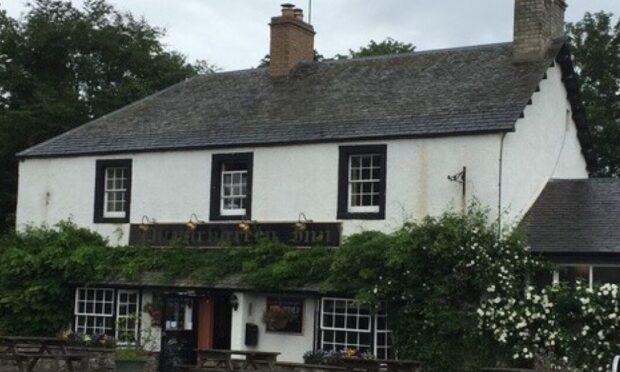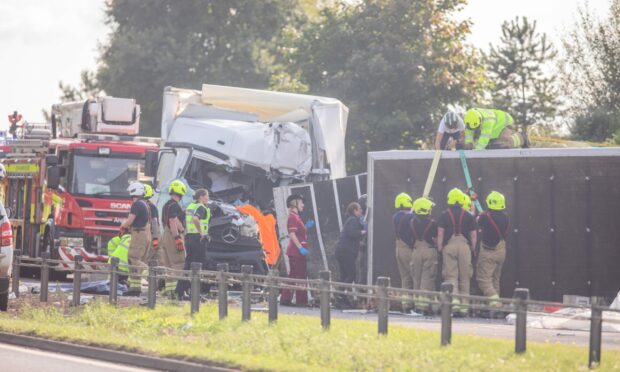Any person venturing into a derelict former Perth hotel could die, a damning new report has warned.
The alarming risk assessment on the crumbling condition of the Waverley Hotel, carried out by Alder Archaeology Ltd, claims that residents could be putting their lives in serious jeopardy if they enter the building in York Place.
Businesswoman and philanthropist Ann Gloag is behind a £3.6 million plan to raze the dilapidated building to the ground, and replace it with a multi-use hall and gym. Having been granted planning permission to demolish the former hotel, she recently lodged a building warrant to enable her contractors to begin work.
As part of the scheme to demolish the site, a written scheme of investigation (WSI) has been drawn up. The alarming report details a plethora or risks posed by the terrible condition of the building, both to archaeologists and the public. It includes the possible risk of ingesting or inhaling contaminated dust or hazardous fumes and encountering debris and water that have been contaminated by rodent faeces.
This can lead to Weil’s Disease or leptospirosis that in some cases can cause life-threatening problems.
Categories of severity are listed, with six possible dangers posed by the condition of the former hotel being classed as ‘3’ (the highest), meaning ‘serious or fatal injury to be expected.’
The report also highlights that there is a risk to the public or archaeological staff of being hurt by falling masonry from the former hotel, which closed its doors in 2009. And it suggests anyone entering the building should “proceed with caution” by avoiding walls that appear bowed or unstable, and to avoid climbing over or standing on exposed metal or glass.
The document, prepared by Chris Fyles, project officer with Alder Archaeology Ltd, lists the severity of the scenarios facing archaeological staff carrying out a survey on the Waverley Hotel and states their employees should not handle debris and wear protective gloves and breathing masks.
In his report, Mr Fyles says “The WSI is required in order to create a permanent record of the building in its current condition and setting prior to works commencing.
“The main aim of the historic building survey is to create a visual and descriptive record and a narrative consideration of the standing buildings in advance of the development works.”
As well as the dangers posed by ingesting or inhaling contaminated dust or hazardous fumes and possibly contracting Weil’s Disease, Mr Fyles’ risk assessment suggests fencing off parts of the site and putting warning signs in place.
He highlights the fact that there are holes in floors and weakened stairs, which means archaeological staff should “proceed with caution” and not use stairs with missing or damaged rails and steps.
The project officer states that due to areas of the building having exposed metal and glass, archaeologists must be equipped with first aid kits and make sure their tetanus jabs are up to date.
A spokesperson for Ann Gloag said: “We are working through the process toward demolition but can’t put a specific time frame on it at this stage.”
The hotel suffered an extensive fire in November 2015, which is still the subject of a court case.
